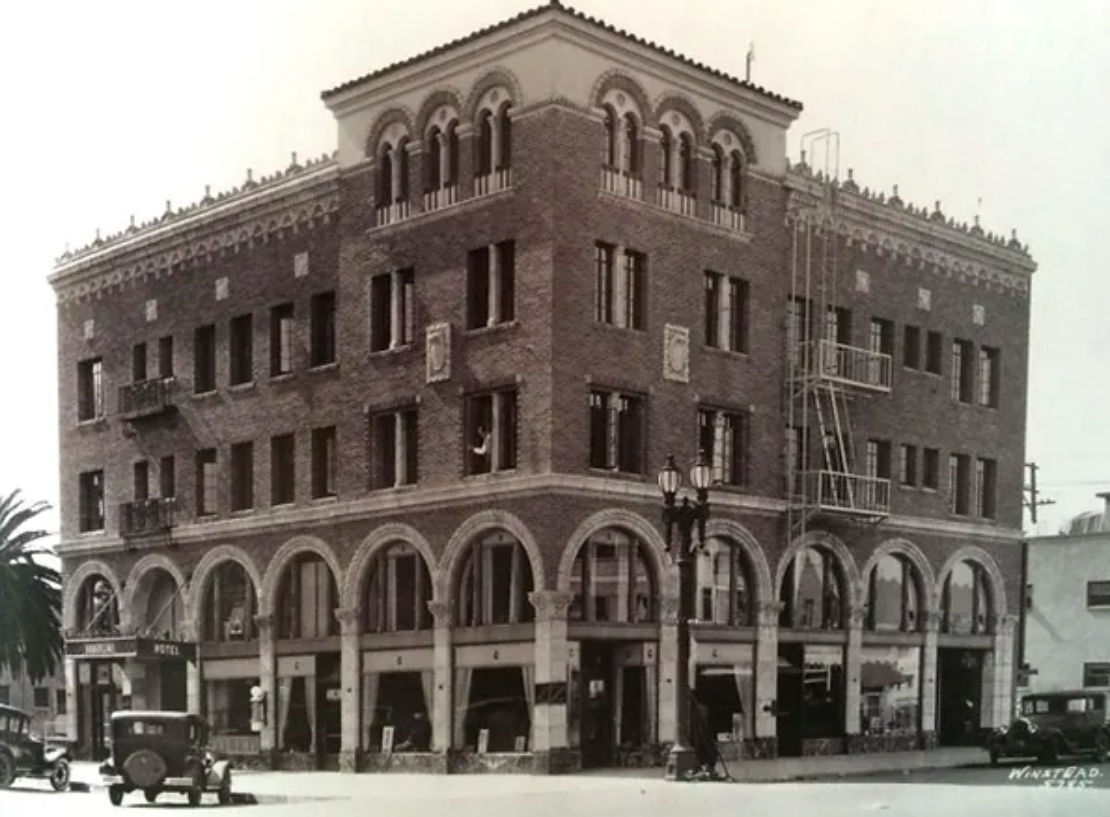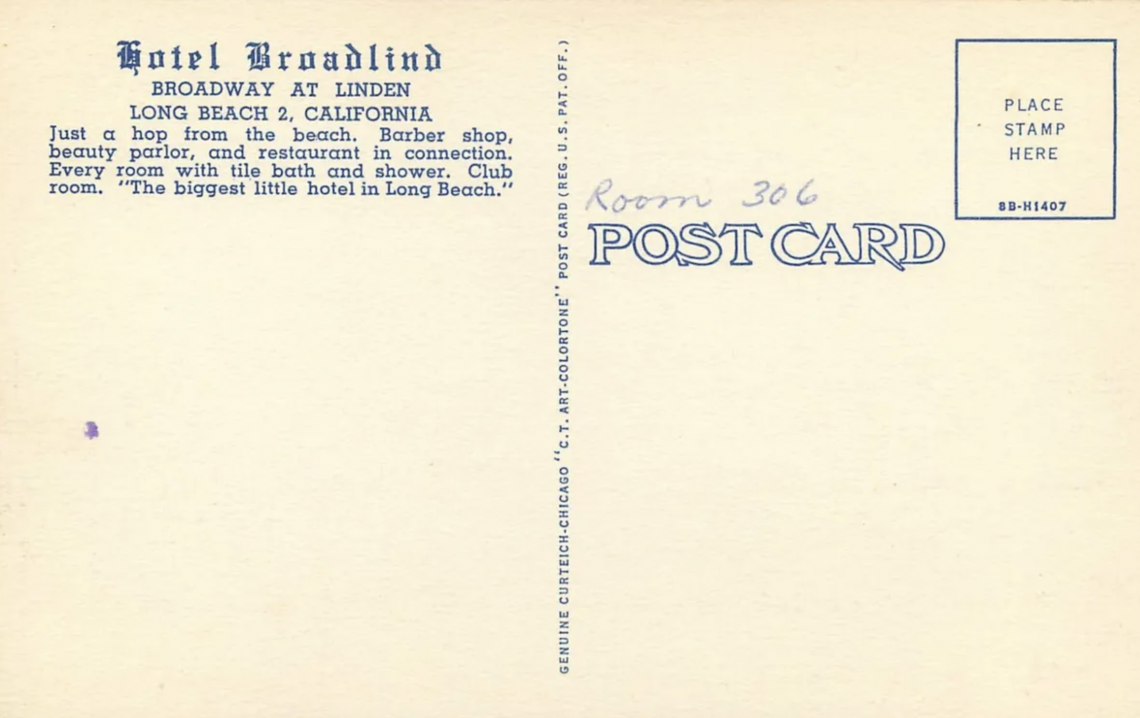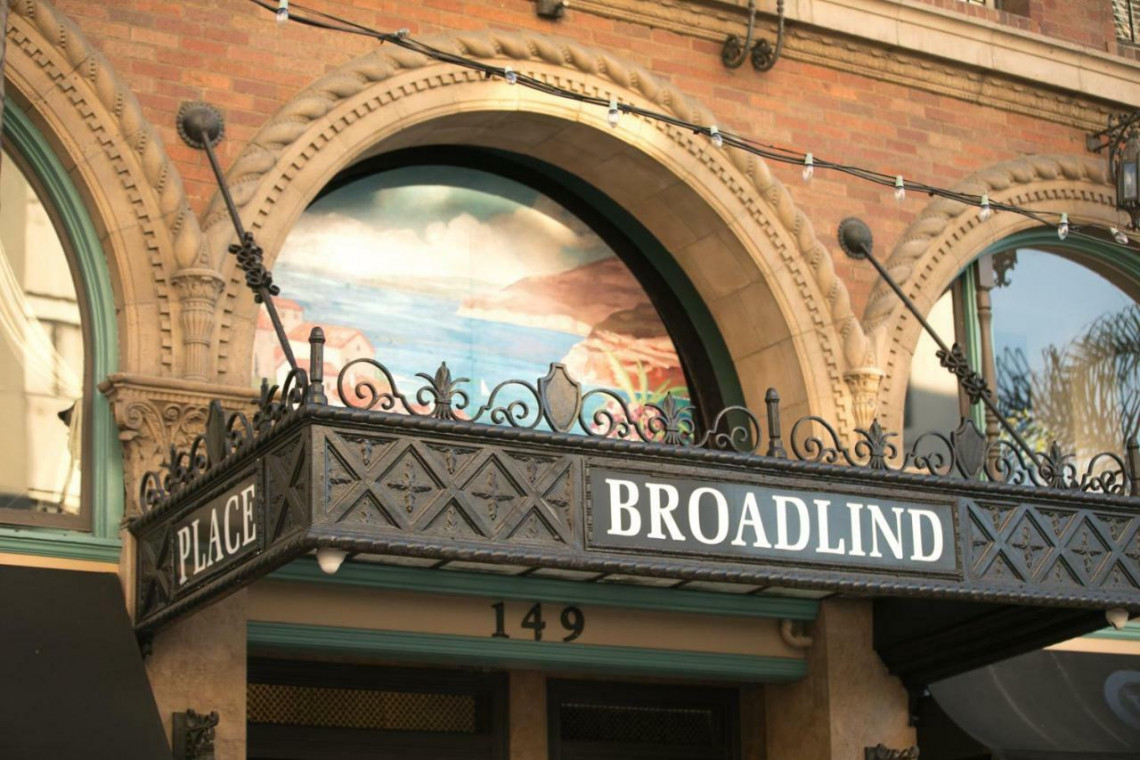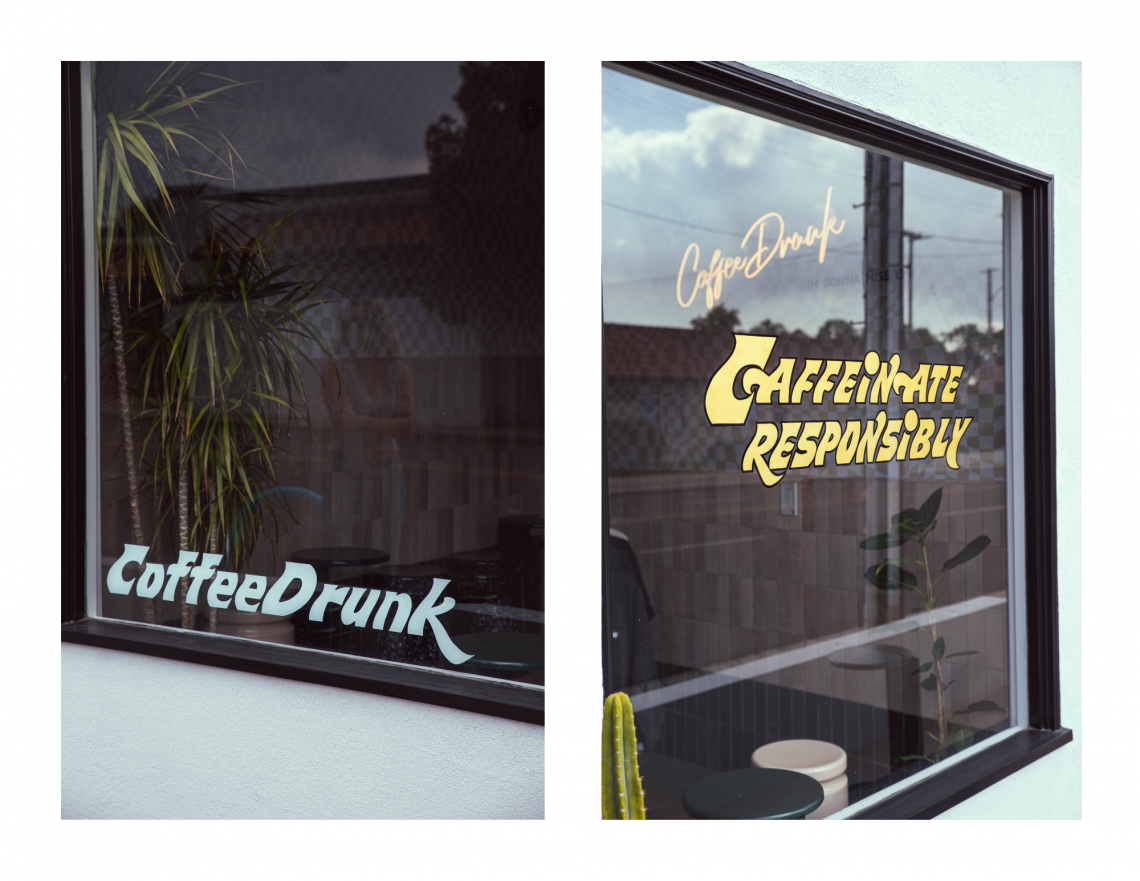Long Beach Landmark: Broadlind Hotel

Broadlind Hotel
BY LINDSEY GOODROW
A 1920s Bachelor’s Paradise is now a marvel of American Architectural History

Named for its location at the southwest corner of Broadway and Linden Avenue, Broadlind Hotel was instantly marked as an architectural symbol of Long Beach. Throughout the century, the Broadlind has evolved from being an extravagant Roaring Twenties bachelor hub to an adoringly preserved historical landmark. Read along as we uncover the history and architectural significance of one of Long Beach’s oldest hotels.
Broadlind Hotel was designed and erected in 1928 by the architectural firm, Piper & Kahrs. Interestingly, the same year saw both The Lafayette Hotel, which is across from Broadlind, and the Villa Riviera on Ocean be built. Now all three are historical landmarks. The cost to build Broadlind Hotel was around $85,000—or $1.5 million in today’s money—and originally consisted of 33 total rooms on two floors, nestled above a lobby and mezzanine.
The architectural design of this historical hotel was influenced by a magnificent blend of styles: It is dominated by the Italian Renaissance style with its symmetry & geometrical patterns, wide arches, stone columns, and ornately braided concrete. It has hints of American Midwest, noted by the red brick and cream-colored terra cotta exterior. Lastly, the hotel is sprinkled with wrought iron and intricate metalwork common to New Orleans as well as large wooden doors found mostly in Spanish mission-style architecture.

Due to this unique blend of architectural styles, it’s no wonder the Broadlind Hotel has been attracting eyes and patrons for nearly a century and has in recent years been recognized for historical preservation.
In the late 19th century, Long Beach was emerging as a coastal haven for those seeking escape from bustling metropolises like Los Angeles. For this reason, Long Beach experienced rapid growth and urban development. Hotels like the Broadlind Hotel were popping up on every street corner, and these businesses became an integral part of the city's early expansion and prosperity.
Built by bachelors for bachelors, the Broadlind Hotel initially attracted naval officers and sailors to occupy and temporarily live in its rooms while they were docked in Long Beach. The hotel quickly became known for pandering to these men's vices. As the Broadlind was built during the peak of the Prohibition era, the basement was secretly a VIP-only speakeasy, complete with gambling tables and a drinking hall.


Over the next century, the Broadlind would see a great deal of change. Changing of hands, of use, and of significance. During World War II it was used for housing by Navy officers. Years following, it became a combination hotel and apartment complex.
When the economy collapsed in the 1980s, East Village as a whole became nearly unhabitable, and the hotel stood vacant for many years. The once elegant and bedazzling hotel faced complete abandonment, covered every decade in more dust with more and more Long Beach residents forgetting its very existence.
Fortunately, the 20th century ushered in a newfound interest and appreciation for historical landmarks, and the Broadlind Hotel was no exception. Efforts to preserve this unique architectural delight saw the hotel officially get accepted as a Long Beach Historical Landmark.

The Broadlind, having been dusted off, renovated, and modernly furnished, now stands in its historical glory as a boutique hotel made up of 20 rooms ranging from studios to two-bedroom suites as well as a penthouse—the structure of which gives the building the appearance of having a tower.
In 2014, the vacant basement/prohibition bar was converted into The Blind Donkey, a bar famous for its wide selection of brown liquor. Anyone in Long Beach who is familiar with walking down the stairs to this whiskey bar can now imagine what it was like to sneak down to a hotel speakeasy during the Roaring Twenties.
Today, you can visit the Broadlind Hotel, stay in its storied rooms, and appreciate what it must have been like to live during the Roaring Twenties. The hotel's designation as a historic landmark solidified its place in Long Beach's cultural landscape, ensuring that future generations can appreciate the resilience and endurance embedded in its walls.

Categories
Recent Posts


.png?w=1140)







